Indian economy took a new direction when the Government announced its new industrial policy in the Parliament in July 1991. since then, the economic reforms process has encompassed all areas of the economy. The wide-ranging reforms, initiated and implemented since 1991, have induced greater efficiency and competitiveness in all spheres of economic activity and placed the economy on a higher growth path. The process of economic reforms in India initiated in 1991 seems irreversible. There is enough evidence that Government is withdrawing, though gradually, as a controller and licenser of private activity and allowing competition and market forces to guide investment decisions. The new Government at the Centre, which assumed office in May 2004, has given enough indications, through its Common Minimum programme (CMP [later rechristened as National Common Minimum Programme (NCMP)] and the 2004-05 budget proposals presented to parliament on July 8, 2004, that it intends to proceed further with the economic reforms programme underway. The Finance Minister in his budget speech proposed to raise the sectoral cap for Foreign direct Investment (FDI) in telecommunications from 49 per cent to 74 per cent; in civil aviation from 40 per cent to 49 per cent. He also hinted at the possibility of taking out another 85 items reserved for production by small-scale sector. By fixing a disinvestments target of Rs. 4,000 crore for the year 2004-05, he made it clear that dilution of Government equity in public sector undertaking will continue. In fact, he announced the disinvestments of 5 per cent of Government holding National Thermal Power Corporation (NTPC). Similarly, NCMP of the United Progressive Alliance (UPA) promises to carry out much awaited labour reforms in the Indian economy. The NCMP has clearly indicated the need to streamline labour laws and enact Employment Guarantee Act. This book explains the key reform measures undertaken in various sectors of the Indian economy since 1991. It examines their rationale, contents, and impact. Furthermore, the work puts in perspective the emerging lessons for the future. To provide the necessary backdrop to the new order, appropriate comparisons are made with the policies pursued prior to reforms period. However, the focus of the study is on current scenario and future prospects in various sectors of the Indian economy. The overall approach to the subject is descriptive, analytical, and aat places normative.
Indian Economy in the 21st Century: Prospects and Challenges
In stock
Free & Quick Delivery Worldwide
reviews
Bibliographic information
Title
Indian Economy in the 21st Century: Prospects and Challenges
Author
Edition
1st ed.
Publisher
ISBN
8177080695
Length
xxiv+410p., Tables; Appendices; Bibliography; Index; 25cm.
Subjects

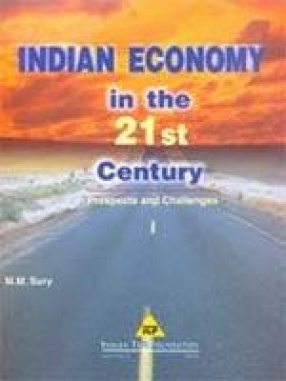
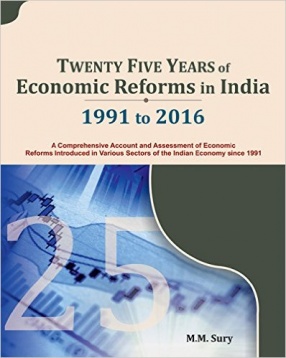
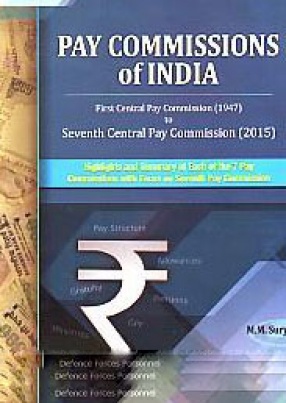
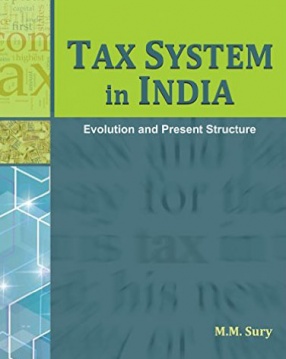

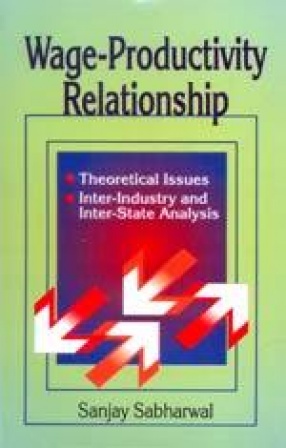

There are no reviews yet.